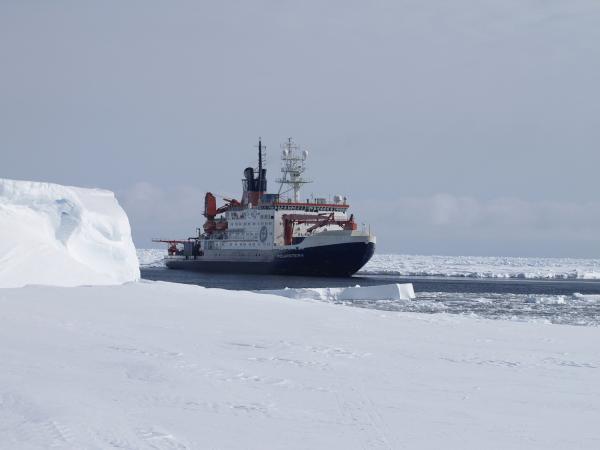Study: Common Flame Retardant Polluting Globally


A widely used flame retardant taints the air and water between Greenland and Antarctica, a new study reveals.
The chemical, Dechlorane Plus, joins a list of chemicals that are detected far from the factories where they were originally created. Scientists are unsure how Dechlorane Plus travelled so far, or even how dangerous it is in these environments. But now that they've found it, the next step is to figure out what it will do to marine ecosystems .
"The facts on how bad [Dechlorane Plus] is to the environment has really yet to be worked out," said Ed Sverko of Environment Canada. Sverko also studies Dechlorane Plus, but was not involved with the study.
Dechlorane Plus is commonly used in electrical connectors, wires and cables. Research over the last decade has revealed a laundry list of places harbouring Dechlorane Plus: House dust, freshwater sediments, sewage sludge, tree bark, fish, gull eggs and stork eggs.
Dechlorane Plus is often used as a substitute for another flame retardant (DecaBDE) that the European Union has banned, and which American companies are phasing out, Ron Hites of Indiana University told the trade journal Chemical and Engineering News. Hites was the first to detect Dechlorane Plus in the atmosphere in 2006.
Global pollutant
Dechlorane Plus is manufactured in large amounts at Oxychem's factory, in Buffalo, N.Y. A second manufacturer in China was recently discovered.
Get the world’s most fascinating discoveries delivered straight to your inbox.
German researchers conducted the new study aboard the icebreaker RV Polarstern which spends almost 320 days a year at sea conducting scientific research missions in the Arctic and Antarctic waters. The study team sampled the air and water during a cruise between Greenland and Antarctica and reported their findings in the Nov. 3 edition of the journal Environmental Science and Technology.
The highest concentrations of the chemical turned up in the English Channel, most likely due to air blowing from Western Europe. The finding suggests that Western Europe is a potential source, the study authors wrote. However, the levels reported are small compared to those detected near a Dechlorane Plus manufacturing plant near Huai'an, China, according to another study.
Go long
Dechlorane Plus' far-reaching pollution puts it in a class of well-known long-range chemicals. For example, Polychlorinated biphenyl better known as PCB has been detected in the breast milk of Eskimos in northern Quebec.
"PCBs were the first class of chemicals that really put on the radar screen that what we use here in urban centers can really affect the far reaches of the world," Sverko told OurAmazingPlanet.
Now that scientists have found Dechlorane Plus in these remote waters , they need to figure out how it got here so they can stop its spread.
Sverko suspects that Dechlorane Plus's everyday use, disposal and transport are the main ways it wound up in the Atlantic Ocean.
"It's proving to be a worldwide pollutant, which of course bears further reporting," Sverko said.


